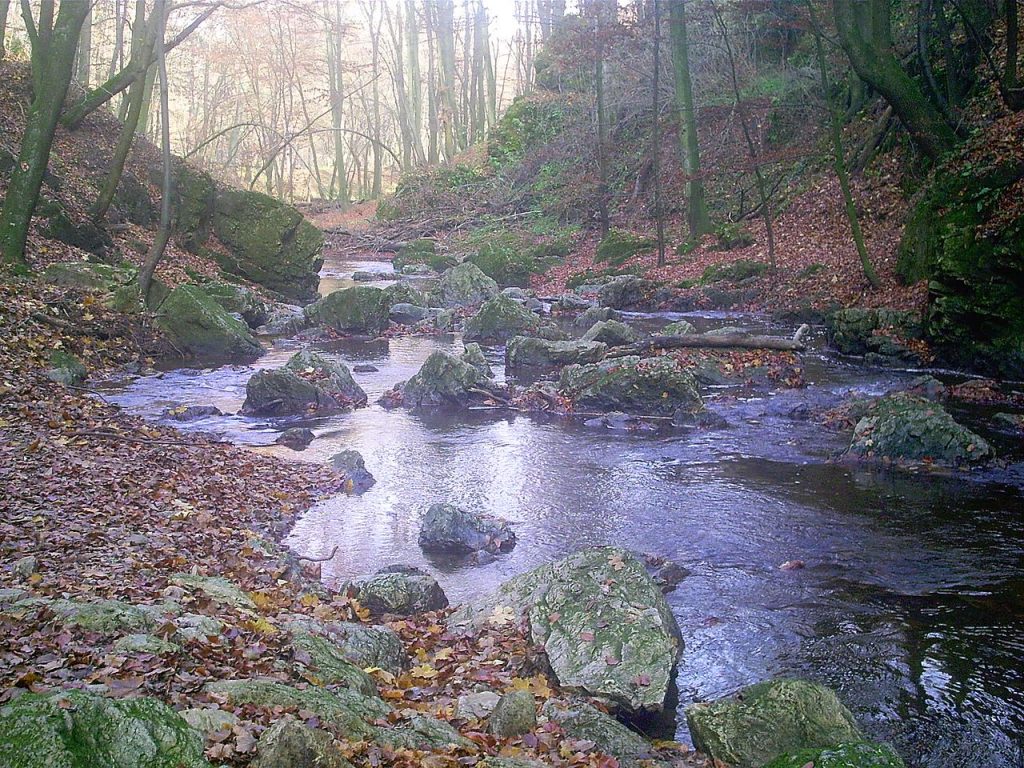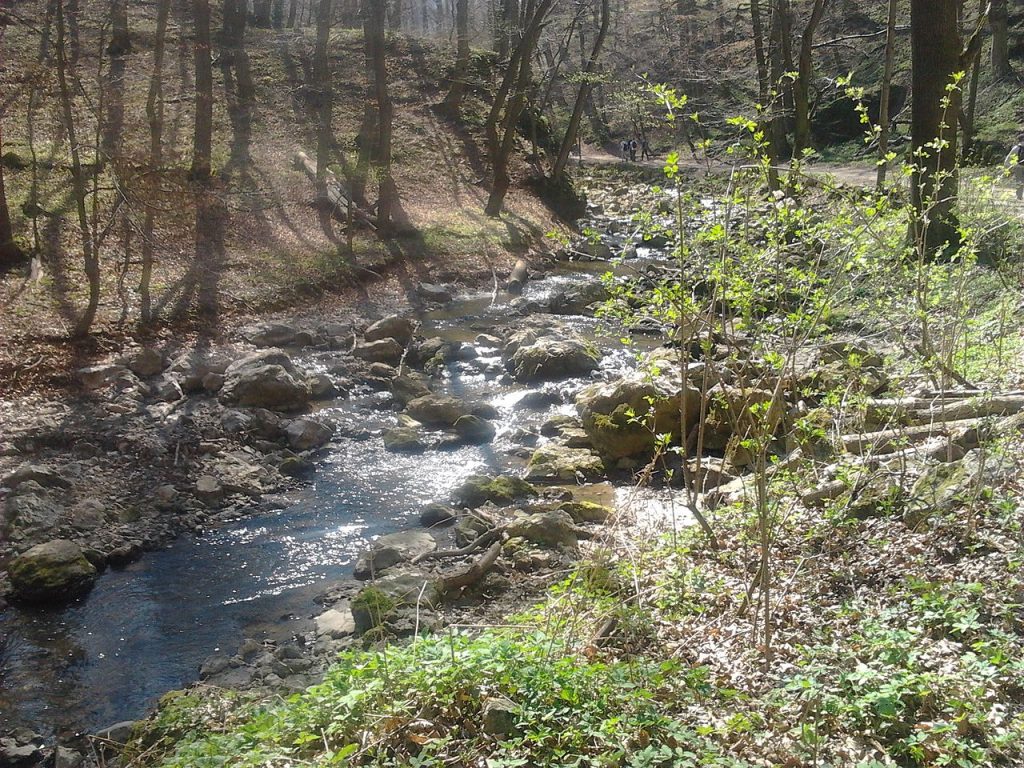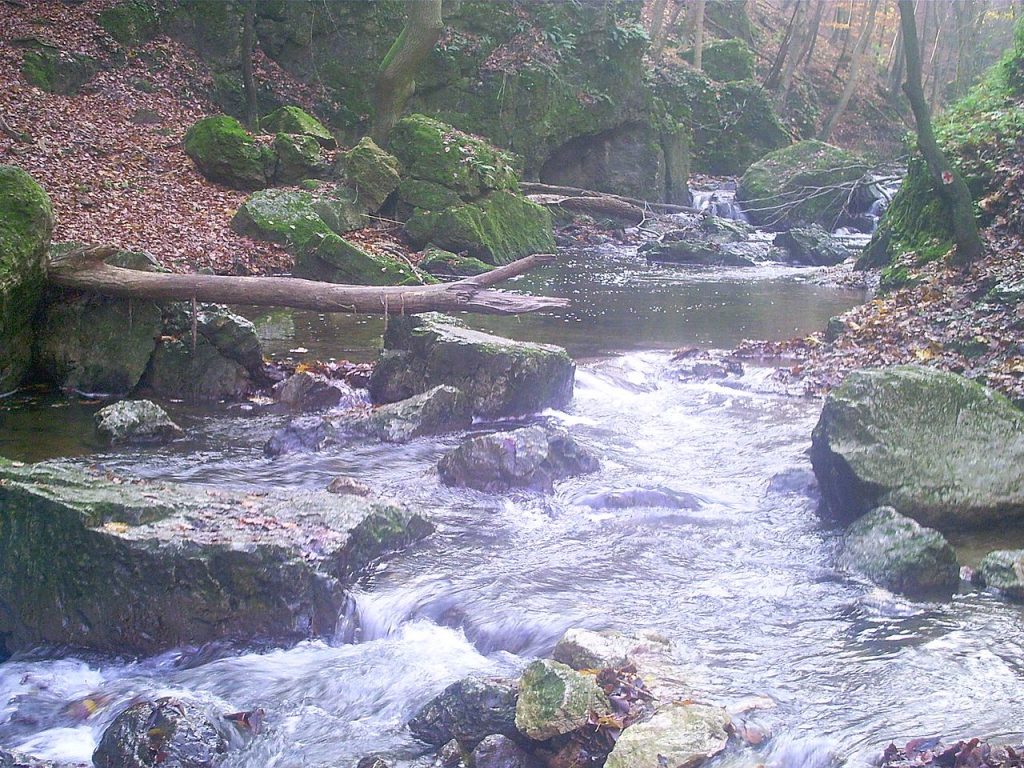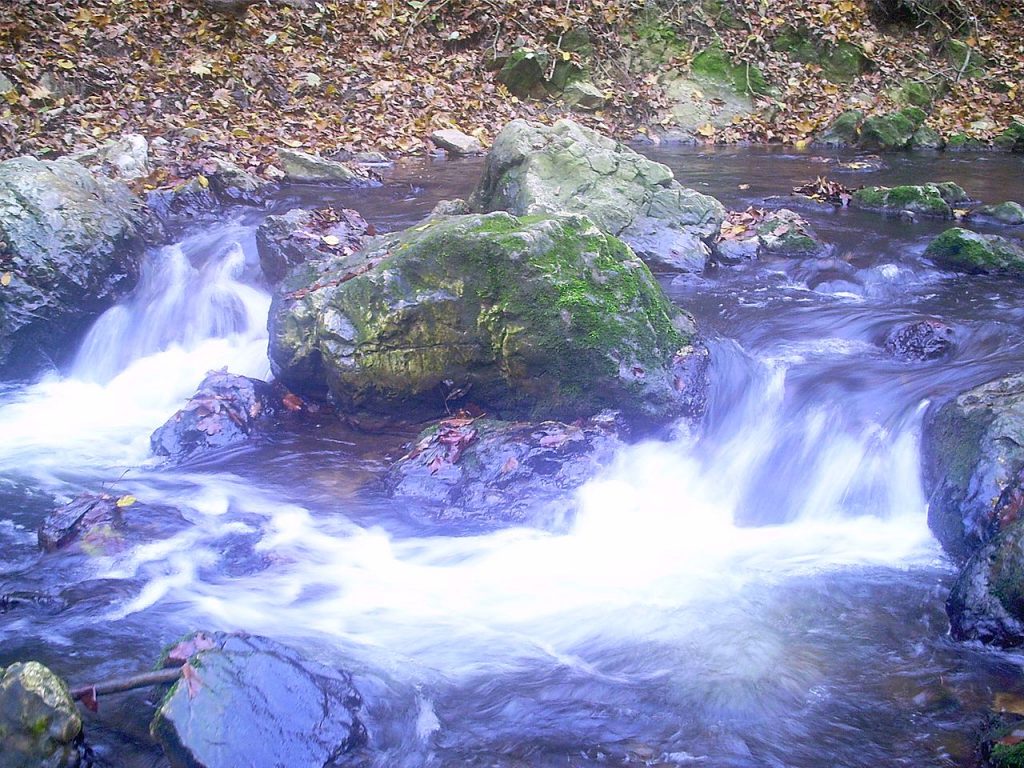Hungary’s most beautiful natural wonders: Cuha stream – Photos

The Cuha stream is one of the most beautiful and one of the most popular natural sights in Hungary. The region where it is located is famous among Hungarian and foreign tourists and perfect to take a nice trip while enjoying nature.
Magyarországom collected all the necessary features you need to know about this wonderful region and the Cuha stream.
The Cuha stream is the most significant sight in the Bakony and an important part of the river Danube. The stream comes from the Eplény region, heads north for 81 km and flows into the river after passing the village of Gönyű (Győr-Moson-Sopron County). In the mountain region, the stream is called Cuha, but when it reaches the plain parts not far from Gönyű, it is called Bakony.

Near the stream, tourists can see the Győr-Veszprém railway which was built in 1896, and its route features incredible view and several tunnels. Also, tourists can find several trails nearby the stream where they can take long walks enjoying the beauties of nature while listening to the flooding stream.
The stream’s runoff is 1.55 m3/s which during rainy seasons can be 40 m3/s, and its flood-basin covers 4000 hectares. The length of the Cuha stream is 81 km and its watershed are approximately 547 square km.

Cuha-valley is a popular touristic sight in Hungary due to its trails and incredible view. Tourists beside taking long walks also find routes to take by bicycle, and many trails feature places where we can take some rest and even light a fire where it is approved.
Tourists who are keen on adventures and extreme hiking can try out the Red Touristic Route which is crossed by the stream several times without any bridges, so hikers need to cross it by jumping on rocks and stones. The Red Bakony Route and Mária Route are also recommended to try out.
There are several mountain ranges and tops which can be seen and reached from these touristic routes. For example, the 453 metres high Bocskor mountain, and after passing it, tourists can see the Csárda-valley. If tourists keep on walking, they reach another route which takes them to Károlyháza, which is a small village in Győr-Moson-Sopron County. In front of the Csárda-valley on the eastern side of the stream, the Cuha mountain can be seen.

On the western side of the stream, the Éles mountain can be seen which features the Porva-Csesznek railway station. Here tourists can choose between two touristic routes: the yellow+ and the green touristic routes and reach the village of Bakonybél. Behind the railway station the Kopasz-mountain and the 455 metres high Iszka-range can be seen, and to the south-west, the Kesellő-mountain with the same height. By walking down on the yellow and red routes, tourists also can observe some fantastic caves, like the Zsivány-cave and the Remete-cave.
The Cuha stream’s wildlife consists of many rare fish species, for example, the common roach, common bream, round goby, burbot and the common nase. On the shore, there are several endangered species like the common toad, edible dormouse and the legless lizard.
The region of the Cuha stream is a protected area since 1954, with many rare trees, plants, flowers, and animals around.

Featured image: Wikimedia Commons by Gyöngyi Sztudva
Source: www.magyarorszagom.hu





